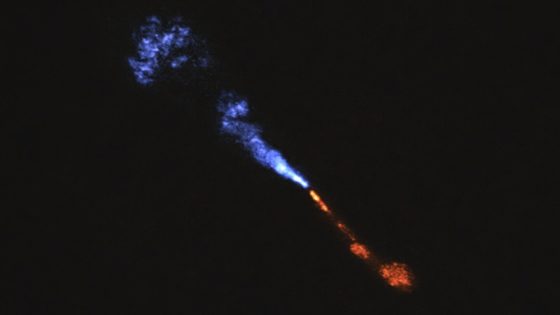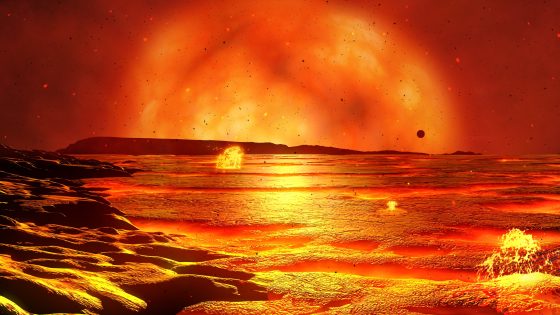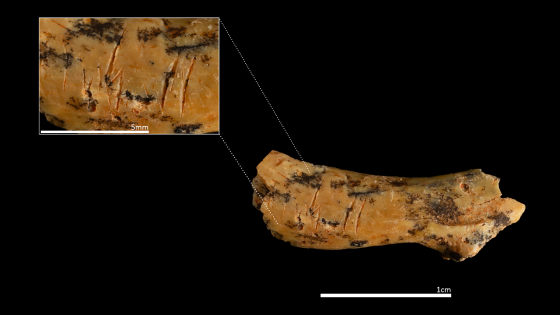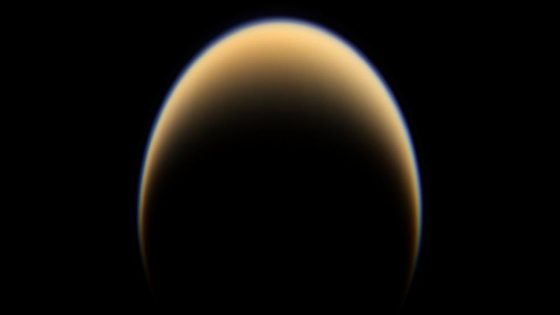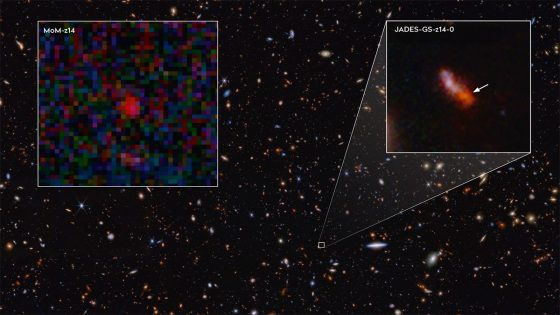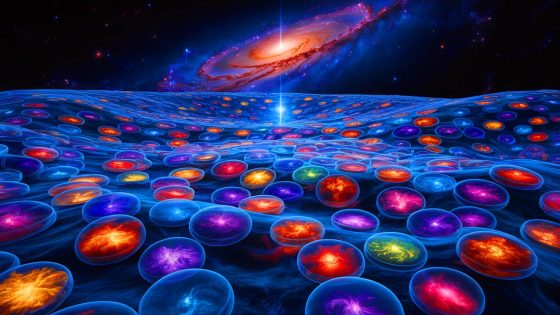Astronomers have made a groundbreaking discovery about rocky planets forming around a young star, offering insights into the early stages of our solar system. On July 16, 2025, researchers revealed that they captured the earliest seeds of planet formation around HOPS-315, a baby sun-like star located 1,370 light-years away.
- Early planet formation observed around HOPS-315
- Unique insights into solar system's origins
- Silicon monoxide and crystalline silicates detected
- Potential for eight planets in future
- Study enhances understanding of planet formation processes
- Collaboration between NASA and European observatories
This unprecedented observation marks a pivotal moment in understanding how planetary systems develop. Melissa McClure from Leiden Observatory led the international team that utilized NASA’s Webb Space Telescope to reveal solid specks condensing in the gas surrounding the star, a clear indication of early planet formation.
This discovery raises intriguing questions about the universality of planet formation. Are the processes observed around HOPS-315 common across the universe? The findings suggest that the initial steps of forming rocky planets might not be unique to our solar system.
- Solid materials like silicon monoxide and crystalline silicates were detected.
- The study provides a direct glimpse into the formation of Earth-like planets.
- Future research could reveal more about the potential for similar systems.
As astronomers continue to explore emerging planetary systems, the quest to understand our cosmic origins becomes ever more exciting. Will we find more Earth-like planets in the universe?



